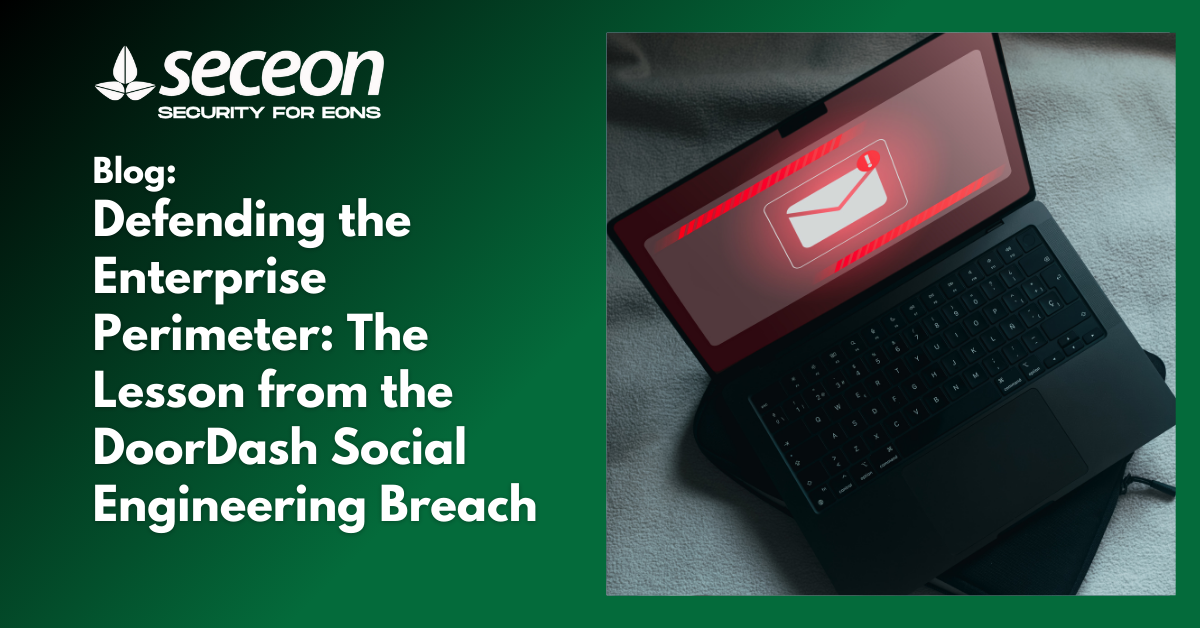
The recent data breach confirmed by food delivery platform DoorDash serves as a critical, high-visibility example of the enduring vulnerability of the human element in cybersecurity. In November 2025, the company disclosed that the personal information of its customers, Dashers, and merchants was compromised after one employee fell victim to a social engineering attack.
This incident was not predicated on a sophisticated technical exploit against the company’s infrastructure, but on a manipulation that successfully bypassed security awareness training to gain unauthorized access. For every enterprise, this event underscores the urgent need to shift focus from perimeter defenses to proactive, real-time detection and response capabilities within the network.
The anatomy of the DoorDash breach is unfortunately common in today’s threat landscape. An attacker successfully tricked an employee, obtaining legitimate credentials that granted them initial access to internal systems. While DoorDash quickly detected the intrusion on October 25 and contained the access, the attackers had already stolen vital contact information.
The compromised data included names, physical addresses, email addresses, and phone numbers. Critically, DoorDash confirmed that sensitive data such as Social Security numbers, driver’s license information, or payment card details were not accessed. However, this collection of personal contact information is precisely what cybercriminals weaponize for highly targeted, convincing follow-on attacks, known as spear phishing and vishing.
This scenario presents a clear paradox: organizations must rely on employees to operate, yet the most effective attacks today exploit human trust and error to gain a foothold.
In the context of a credential compromise via social engineering, the core security failure is not the initial login, but the dwell time the attacker spends inside the network before being detected. Once an attacker is inside using legitimate credentials, traditional signature-based security tools often fail to flag the activity as malicious.
This is where advanced, AI-driven security platforms prove their value. A solution like Seceon’s aiXDR (Extended Detection and Response) is specifically engineered to address this new reality by continuously monitoring for anomalous user behavior and threat progression.
The lessons learned from the DoorDash incident are universal: employee training is vital for prevention, but technical controls must be robust enough for inevitable failure. The defense must be predictive and proactive.
For enterprises committed to protecting their proprietary and customer data, the transition to an AI-driven XDR platform is no longer optional. It moves the corporate defense model from a slow, manual, reactive state to a fast, automated, and predictive posture capable of neutralizing threats originating from compromised identities before they lead to data theft.
By embracing unified visibility and AI-powered analytics, organizations can build the resilience needed to withstand the relentless pace of social engineering attacks and safeguard their most critical assets.
Are your existing security tools equipped to detect the subtle behavioral anomalies of an attacker using a valid employee account? We invite security leaders to explore how Seceon aiXDR’s capabilities in UEBA and automated response can provide comprehensive protection against post-social engineering credential misuse.
